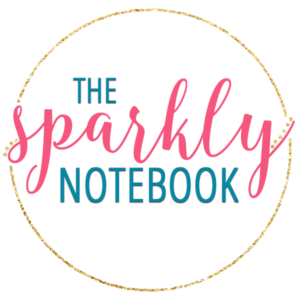A breakdown for teachers who teach RI.3 in middle school ELA. In this post, we’ve included learning targets, concept breakdowns, resource suggestions, and activity and assessment ideas!
In the third informational reading standard, students spend time considering how characters, key players, stakeholders, and individuals can affect an informational text.
Obviously, we know that characters are important in a fictional text, but they are also important in informational texts. The only difference is that the characters are not fictional. Rather, they are real people and individuals.
As we explore RI.3 and place this focused effort on recognizing the significance of individuals in informational texts, we will explore more how informational texts are set up and how writers choose to organize their texts.
As we start talking about how to teach RI.3 in middle school, let’s start with the learning targets!
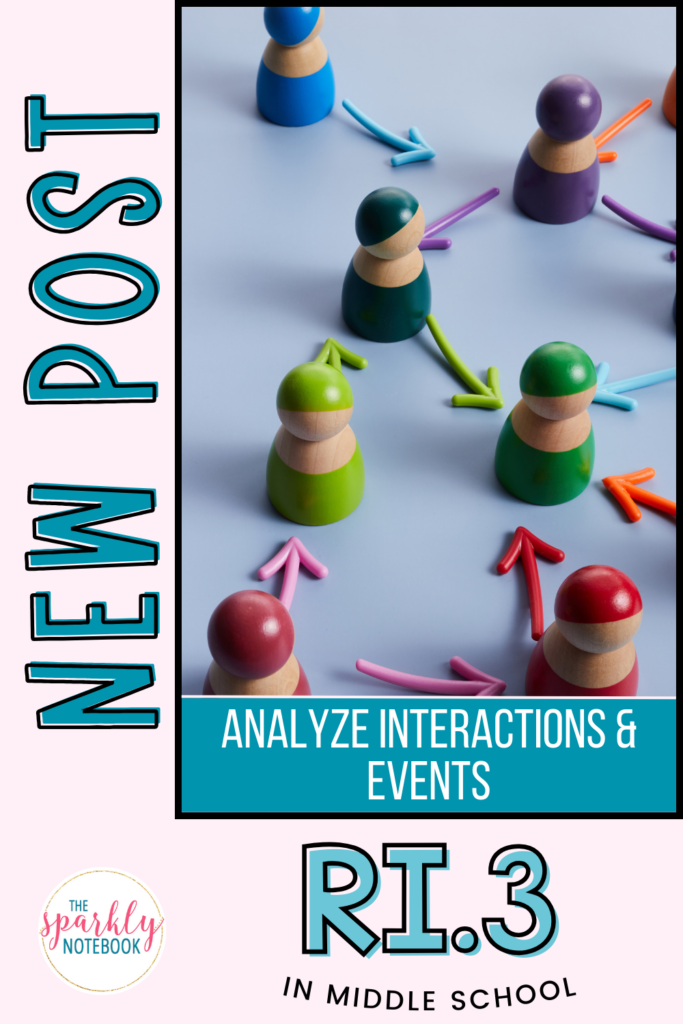
Learning Targets
When figuring out how to work through a standard, we recommend breaking down standards into learning targets.
By focusing on learning targets, we can model our lessons to hit on very specific goals and skills. In this post, we talk about how we break down each standard and make a plan for learning, practicing, and reviewing the standards throughout the year using the checklists below.
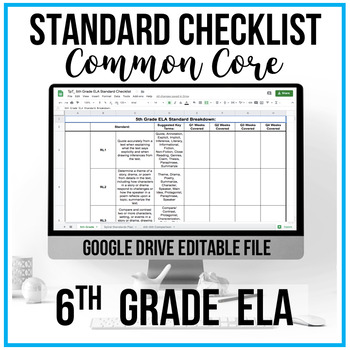
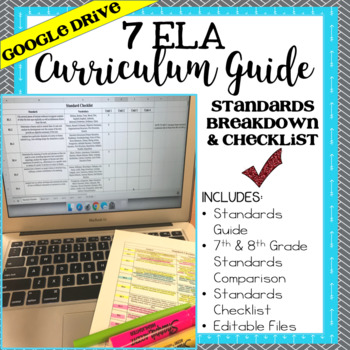
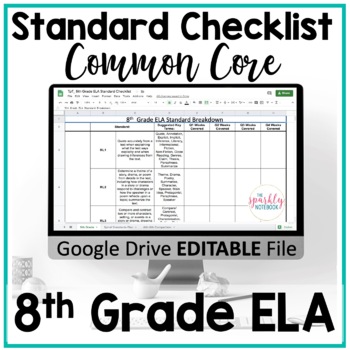
Here are the learning targets on which we developed our resources for RI.3.
Teaching RI.6.3 (6th Grade)
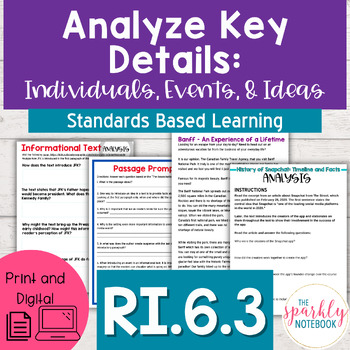
6th Grade Standard: Analyze in detail how a key individual, event, or idea is introduced, illustrated, and elaborated in a text (e.g., through examples or anecdotes).
6th Grade Learning Targets
- I can analyze how an individual, event, or idea is introduced in an informational text.
- I can analyze how an individual, event, or idea is elaborated on in an informational text.
- I can provide examples or anecdotes to support the development of an individual, event, or idea in an informational text.
Teaching RI.7.3 (7th Grade)
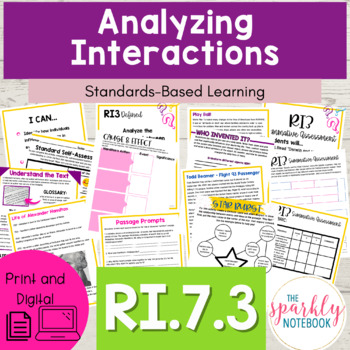
7th Grade Standard: Analyze the interactions between individuals, events, and ideas in a text (e.g., how ideas influence individuals or events, or how individuals influence ideas or events)
7th Grade Learning Targets
- I can identify how individuals influenced changes in events.
- I can analyze the interactions between people, ideas, and situations in a text.
- I can explain how one event influenced another event.
Teaching RI.8.3 (8th Grade)
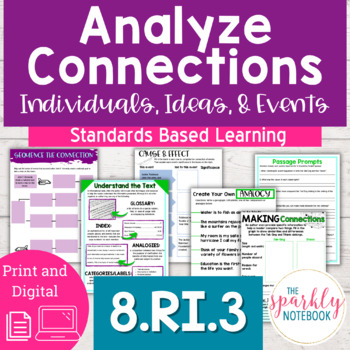
8th Grade Standard: Analyze how a text makes connections among and distinctions between individuals, ideas, or events (e.g., through comparisons, analogies, or categories).
8th Grade Learning Targets
- I can identify individuals, events, and ideas in a text.
- I can explain how people, ideas, and situations are connected in a text.
- I can analyze how a text makes connections and distinctions between individuals, ideas, or events.
Analyzing the Parallels and Intersections of Individual and Events
I really like how this standard is written to explain that the influence we are focusing on during this standard is two-fold. In sixth grade, we focus on individuals in a historical text, but in 7th grade, we focus on how the individuals can influence the text and events while ALSO focusing on how the events can influence the individuals.
It is important to think about and focus on this standard in both of those ways.
At the Holocaust Museum in Washington DC, tourists are given the opportunity to go through the museum with the card of a particular person who experienced that tragedy in real life.
At the end of the tour, they learn what happened to the person on their card and how they were influenced by the events.
That is kind of like what we’re asking students to do. We want them to view the events and information in the text through the lens of the individuals or different groups/stakeholders.
In 8th grade, the focus turns more toward distinctions rather than just awareness and identification.
As 8th graders, students are expected to know how to pull out important people in relation to events, but they are also expected to be able to figure out how they are connected and how each stakeholder or individual is unique.
What this looks like can differ so greatly from one text to another that it is almost impossible to view through a vacuum, so be on the lookout throughout the year for opportunities to explore this standard in other classroom books or texts.
Resources for teaching RI.3
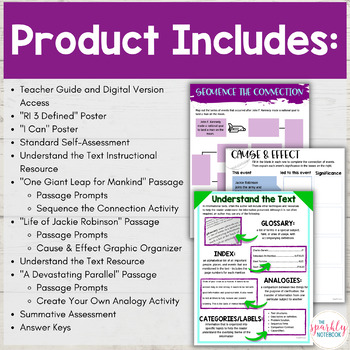
When picking resources to help teach RI.3, you’ll want to make sure the resource teaches and reviews the standard at the appropriate level for the students you’re teaching.
We have created resources for each standard that fit this need. These resources also directly align with the learning targets listed earlier in this post.
Each of these resources includes lessons for each specific learning target and also includes assessments, posters, and answer keys as needed.
Activities and Projects for Practicing and Assessing RI.3 in Middle School
Obviously, standards and learning targets can be practiced with classroom texts and during almost any project, but in order to ensure that students are mastering this standard at each level, you’ll want to consider using some activities that are specifically designed to get students to focus on these specific learning targets.
To make this easier, we are going to list out some activities from our resources for you to consider.
- Use our 6th-grade product to help students fill in a textual map to show the relationships between the central idea, key ideas, examples, and anecdotes.
- Focus on cause and effect. Consider an individual action, and then figure out what the effects of that action were. Both short-term and long-term. In our 7th-grade resource, we do this activity in regard to the life of Alexander Hamilton.
- Researching objects: In this activity, students will research some of the objects they use daily to figure out who is behind the invention of that object or others like it. This is one way they can see how people were inspired to create something new and how one person’s creation has influenced others. This is an activity in the 7th-grade resource.
- Mapping out events based on an individual contribution: In our 8th-grade resource, we ask students to map out the sequence of events that occurred in a passage after John F. Kennedy made the national goal to land on the moon.
- Making connections and comparisons between events: In one of our 8th-grade activities focused on the Titanic, students are asked to read the passage and consider how the author connects the sinking of the Titanic to another shipwreck that occurred 90 years before it.
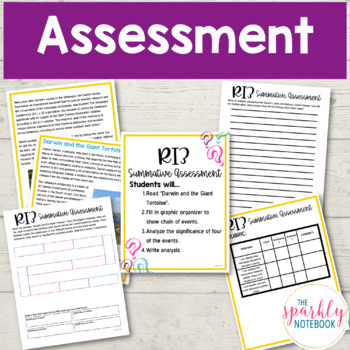
Remember, each of these resources includes activities, passages, and lessons for each learning target listed for that grade’s standard. The resources also have grade-level specific assessments you can use to formatively and summatively assess a student’s skills in relation to the standard.
Ensuring your students understand and master the standards feels like a huge challenge, and we understand that. That is why we create standards-focused resources like these RI.3 resources that provide teachers with activities, lessons, and assessments that explicitly teach each of the middle school ELA standards.
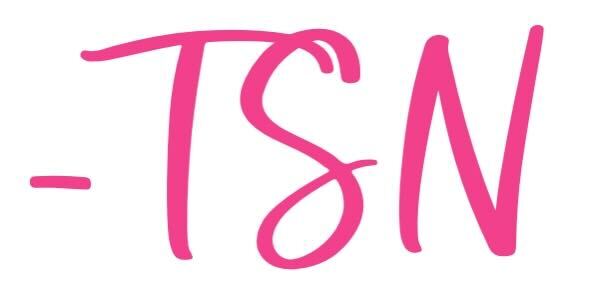
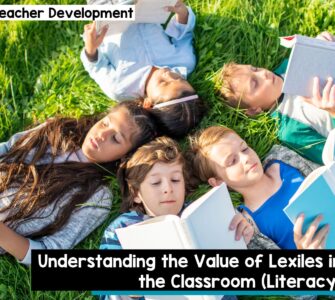 Understanding the Value of Lexiles in the Classroom (Literacy)
Understanding the Value of Lexiles in the Classroom (Literacy)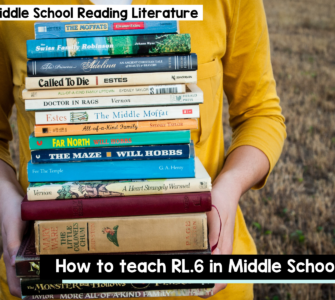 How to teach RL.6 in Middle School
How to teach RL.6 in Middle School 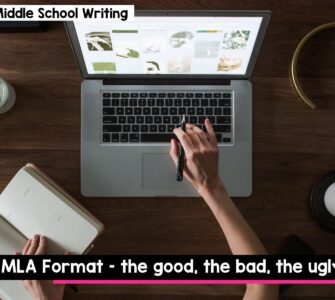 MLA Format – the good, the bad, the ugly
MLA Format – the good, the bad, the ugly